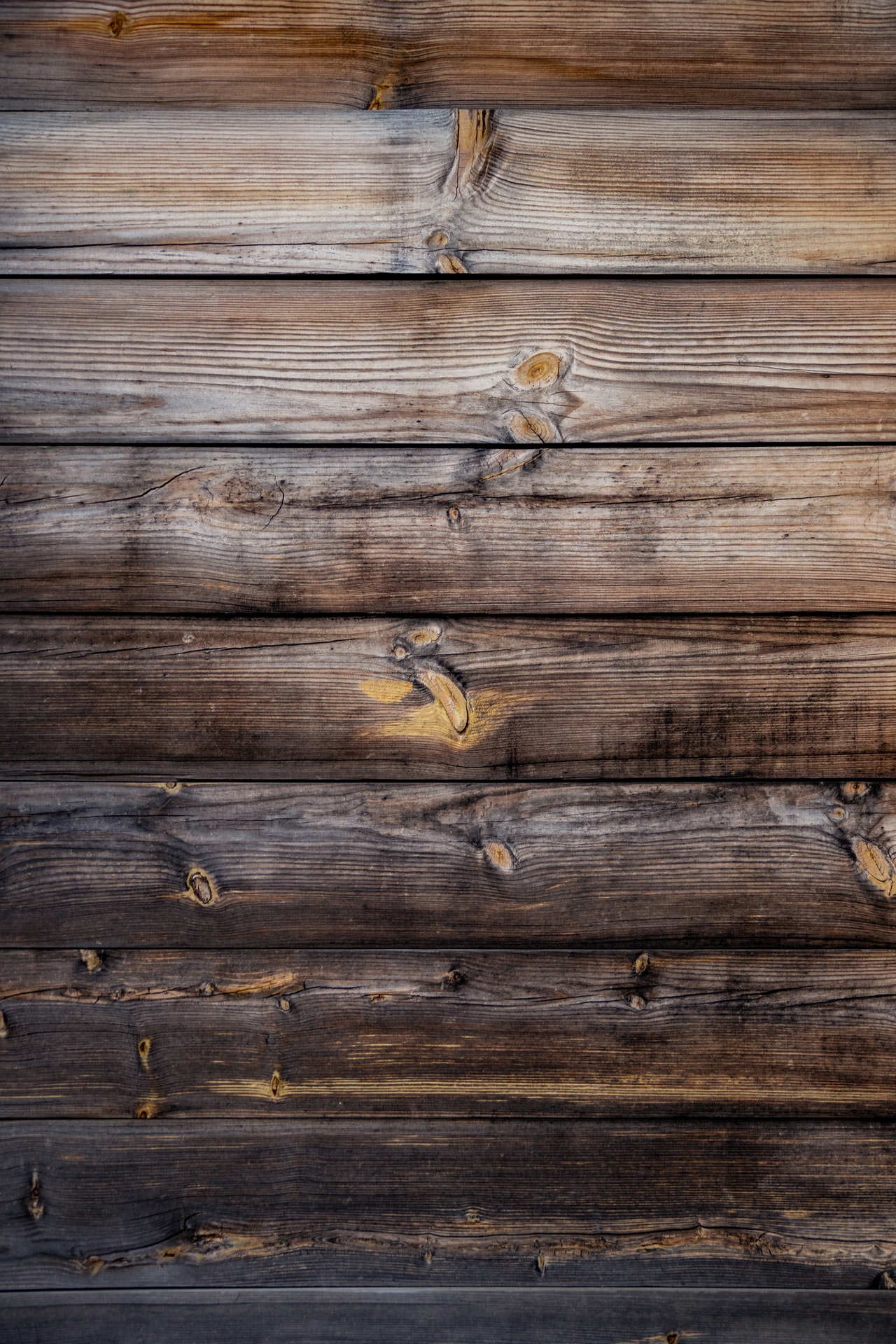What Are the Signs That Your Home is Infested with Termites?
Today, most homeowners opt-in for timber in their windows and doors or even in the woodwork to furnish their house. The wood quality depends on the cost, and there are times when the quality of wood gets compromised. The outcome is opting in for wood products that aren’t treated for pests or insects. It’s here that the termites walk in.
The termites are highly destructive and can lead to ample damage within a very less time. Hence, it’s necessary to join hands with an expert pest control service at the earliest. To know more about it, check out www.pelicanpestcontrol.com.
Not every homeowner knows when their house gets infested with termites. But there a few signs to look out for. They are:
Swarmers or flying termites
The swarmers are generally the initial sign that there is a termite infestation. The swarmers are the winged termites that come out from nests in big groups. It includes females and males who left their nest to search for a mate present in your house. A few of the species swarm during the night and get attracted to the light source. Also, other species can swarm in broad daylight. Usually, the dry wood termites swarm right after the rain in certain times of a year.
Discarded wings
The discarded wings that get left behind are yet another sign of termite infestation. And after the swarmers take their flight, they tend to shed their wings. In case your house has a termite infestation, you will come across these wing piles all across the foundation of your property, outside and inside the house.
Blistering or hollow wood
Hollow-sounding or blistering wood is also another sign of a termite activity. The termite generally eats up the wood from within and leaves a thin timber veneer or merely the paint. As you knock or tap the space which has the termite damage, it will create a papery or sound hollow, as a section of the timber gets eaten away. You can also check unexplained internal walls and cracks. And as the termites consume the cellulose available in the timber inside the wall, the visible cracks are a sign of termites. Tunneling and eating through window and door frames can also make the wood to warp, making it challenging to open the windows and doors.
Even the wooden ceilings, rafters, architraves, and beams in the attics are at a great risk of the termite damage. It’s because the wooden structures are situated close to the ground level. You need to check for cornices and ceiling cracks.
The termites might also cause damage to the baseboards and laminate flooring. The impacted flooring can sag and blister in specific areas, and checking underneath the flooring might help to discover the termite infestation. Furthermore, you can also check in case the floor feels increasingly spongy and starts to spring more than it usually does.
These are the three signs that can help you to detect the presence of termites in your home. Once the termite presence gets established, you need to join hands with a reputed pest control service to resolve the situation at hand.

